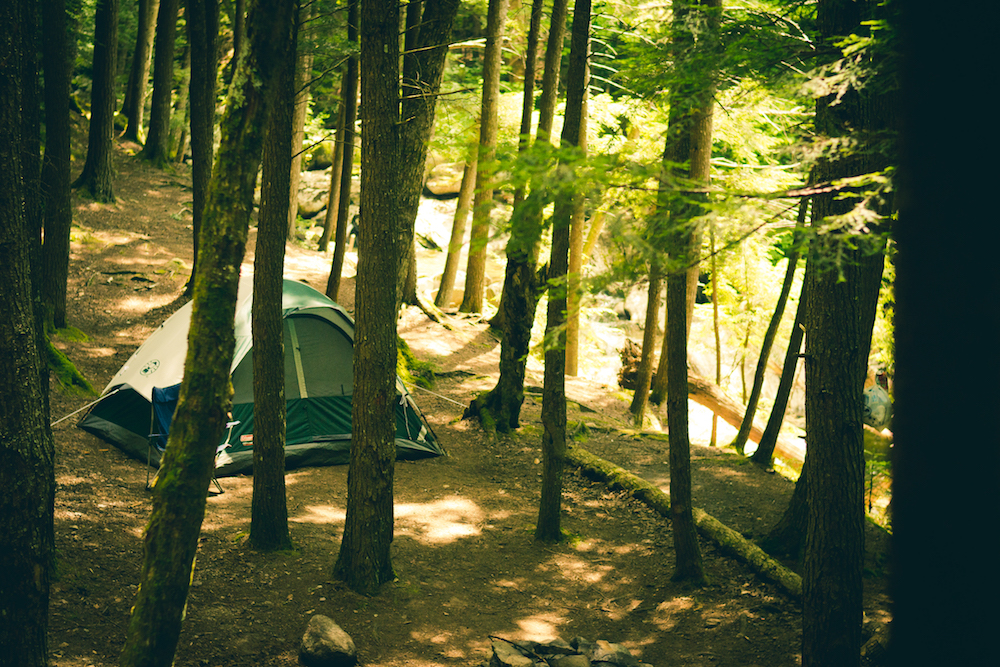Canada's Wilderness is Bigger Than Most Anglers and Hunters Think. Here's How to Find Your Way Out.
Advertisement
Until you’re actually lost, injured or stranded, it’s easy to forget that Canada’s wilderness is vast. Really vast. So vast, in fact, that far too many wayward anglers and hunters have succumbed before help finally arrived. Here’s a rundown of some technologies—both high and low—that might one day save your bacon.
1. SPOT Satellite GPS Messenger
With just one button, sends GPS coordinates and distress messages to emergency responders and personal contacts. Also features a “check-in” message and a webpage tracking your progress.
Advertisement
Pros
- Small, rugged, simple to use
- Nifty tracking feature
- Globalstar network is virtually worldwide
Cons
- One-way communication only
- Mandatory service plan
- Did we mention the mandatory service plan?
Cost: $170, plus $100/year basic service fee
2. Personal Locator Beacon
When activated, transmits a unique distress signal to government SAR satellites, telling rescuers where, and who, you are. Many have secondary transmitters to pinpoint your exact location.
Pros
- No subscription fees
- Can be rented
- Small, rugged, waterproof, simple to use
Cons
- One-way communication only
- No other handy functions
- Hefty fines for transmitting false alerts
Cost: $300-$600
Advertisement
3. Satellite Phone
Provides communication links via satellites instead of cell towers, meaning near-global coverage for voice and data. Newer (but pricier) models also provide GPS functions.
Pros
- Two-way communication
- Excellent backcountry coverage
- Can be rented or purchased second-hand
Cons
- Limited battery life
- Fees of up to $15/minute
- Heavier and bulkier than a cellphone
Cost: $700 and up, plus at least $50/month service fee
4. Cellphone
Besides voice and text, most newer models also have some GPS capability that, if activated, tracks the phone on a webpage. Provider records also show which towers have connected to the phone.
Pros
- Ubiquitous, easy to use
- Handy for coordinating hunts
- Two-way and passive communication
Cons
- Poor backcountry coverage
- Limited battery life
- Your office might track you down
Cost: $50 and up
5. Flares
An aerial flare is visible at a distance of 10 kilometres or more, signalling the general vicinity of your whereabouts. A handheld or smoke flare can help rescuers pinpoint your exact location.
Pros
- Highly visible, day or night
- Can also be used to start a fire
- Alerts both air and ground searches
Cons
- Brief, one-use only
- What if no one sees it?
- Accidental misfires can be dangerous
Cost: $50 to $100/set
6. Mirror
Adjust the angle to catch the sun’s rays, then tilt up and down to signal an SOS. Easily seen 10 kilometres away, and up to 80 kilometres away under bright, clear conditions.
Pros
- Light, simple, easy to use
- Work on your complete tan
- Stay well-groomed while you’re stranded
Cons
- Requires sunlight to function
- Can’t compete with satellites
- Seven years of bad luck if broken
Cost: $10
7. Breadcrumbs
Drop along your route to help you safely retrace your way back home. Pulls double duty as telltale trail markers for search-and-rescue teams in case you fail to return as scheduled.
Pros
- Easy to use
- Relatively inexpensive
- Doubles as emergency food rations
Cons
- Not so effective at sea
- You’ll need a big supply
- Hungry woodland creatures may devour your trail

